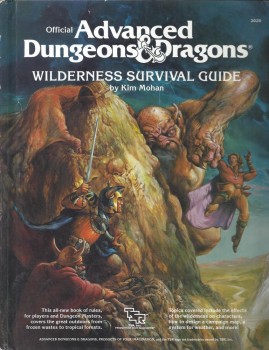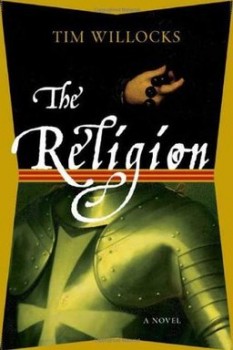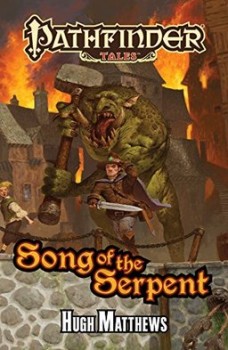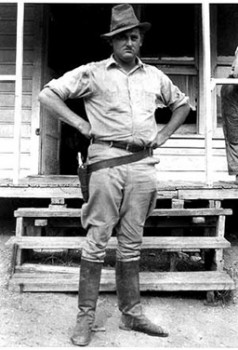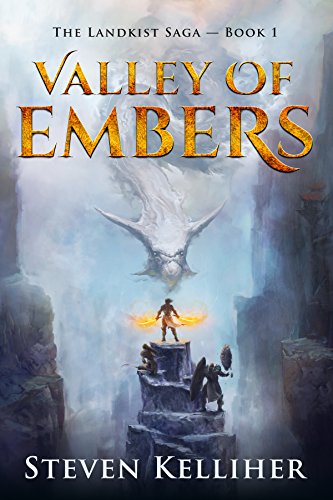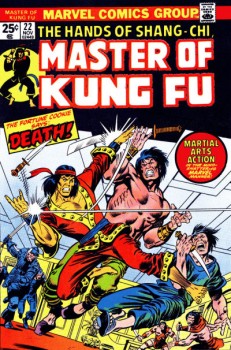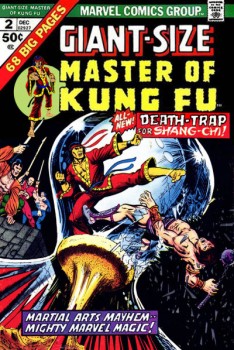The Public Life of Sherlock Holmes: RPGing is Story Telling
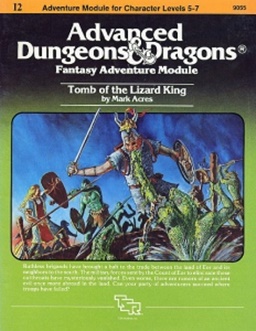 As I recall, I began playing Dungeons and Dragons at the very end of 1st Edition. Most of my early memories are of playing AD&D and that’s still my favorite Role Playing Game (RPG) system. My buddy Chris and I used to ride our bikes to Hobbyland and he would get a shiny new TSR module, while I grabbed a color-bled, paper-bound supplement from Judges Guild.
As I recall, I began playing Dungeons and Dragons at the very end of 1st Edition. Most of my early memories are of playing AD&D and that’s still my favorite Role Playing Game (RPG) system. My buddy Chris and I used to ride our bikes to Hobbyland and he would get a shiny new TSR module, while I grabbed a color-bled, paper-bound supplement from Judges Guild.
I had read Moorcock and Lieber by then (though I didn’t get to Tolkien until early high school). I had acquired a love of Greek mythology (and to a lesser extent, Norse) earlier, and The Trojan War was probably my favorite subject matter (I rooted for Troy: that was disappointing: I mean, c’mon, tear apart the walls to drag in a giant horse your enemy left you???).
You know, The Iliad is like a game of Chainmail: a mass combat wargame with the fantasy supplement for individual heroes. Then you’ve got The Odyssey, which is an overland (over-the-sea, mostly) D&D campaign. After you’ve played that one a time or two, you could switch to The Aeneid and you’ve got an overland campaign with a kingdom building mechanic. Huh – there’s fodder for another post…
My earliest fantasy gaming memories are of playing Adventure on an Atari 2600. That led to Temple of Apshai on an Atari 1200XL computer. I mapped out every room of that game (and The Upper Reaches sequel) on graph paper. Eventually I got an IBM-compatible PC and tore through the gold box games from SSI. I made the graphical leap to Dungeon Master from FTL (this preceded the more successful but derivative Eye of the Beholder by a few years). Even when I stopped playing pen and paper D&D, I continued on through Baldur’s Gate, Neverwinter Nights, Morrowwind and right up to Age of Conan.
Though I stopped playing, I still read a lot of 3rd Edition D&D stuff and began playing once again with Pathfinder. And as I wrote here at Black Gate just a few weeks ago, I’ve begun running a Swords & Wizardry game for some non-pen and paper fantasy players (it’s a good post. Really. You should go read it!).
And from Dungeon! to Wrath of Ashardalon to the Pathfinder Adventure Card Game, I’ve played fantasy board games for decades.
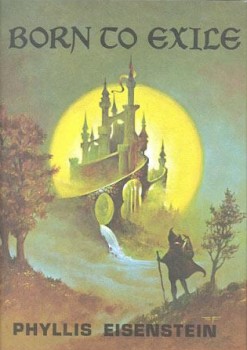
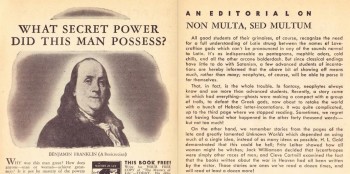

 Last weekend I attended Can-Con as a Special Guest. The Guests of Honour were Eric Choi (Science), Tanya Huff (Author), Sam Morgan (Agent, JABberwocky Literary Agency), and Sheila Williams (Editor, Asimov’s Science Fiction Magazine).
Last weekend I attended Can-Con as a Special Guest. The Guests of Honour were Eric Choi (Science), Tanya Huff (Author), Sam Morgan (Agent, JABberwocky Literary Agency), and Sheila Williams (Editor, Asimov’s Science Fiction Magazine).